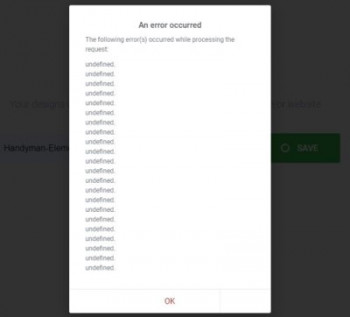Lynis is a highly dignified security auditing tool for Linux and macOS. It is capable of performing a very thorough scan of the overall health and performance of your system as well. Moreover, it fully supports the features of compliance testing and system hardening.
Here at Ibmi Media, as part of our Server Management Services, we regularly help our Customers to perform related Linux Mint system Software installation queries.
In this context, we shall look into the best procedure of installing Lynis on a Linux Mint 20 system.
Steps to install Lynis on Linux Mint 20
1. Perform System Update
To update the cache of your system, you will have to run the below command:
$ sudo apt-get update2. Download the Relevant APT Key
Now, you need to download the relevant APT key on your Linux Mint 20 system by executing the following command:
$ wget –O – https://packages.cisofy.com/keys/cisofy-software-public.key | sudo apt-key add –3. Enable the Lynis Repository on your System
After that, you need to enable the Lynis repository on to your system by running the following command:
$ echo "deb https://packages.cisofy.com/community/lynis/deb/ stable main" | sudo tee /etc/apt/sources.list.d/cisofy-lynis.list4. Update the System's Cache Again
After doing all this, you need to update your system's cache again by running the following command:
$ sudo apt update5. Install Lynis on the system
Now, you can install Lynis on your system by running the below command:
$ sudo apt install lynisHow to verify the version of Lynis Installed ?
You can find out the version of Lynis installed on your system by executing the following command:
$ lynis show versionHow to uninstall Lynis from Linux Mint 20 ?
To remove Lynis from your system, you simply need to run the following command:
$ sudo apt-get purge --autoremove lynis[Need help in configuring any Software on your Linux system ? We can help you. ]
Conclusion
This article covers the process of installing the latest version of Lynis on a Linux Mint 20 system. In fact, Lynis is an open-source tool for security auditing, compliance testing, and vulnerability detection. Lynis also scan for general system information and possible configuration issues and provide tips for further system hardening.
This article covers the process of installing the latest version of Lynis on a Linux Mint 20 system. In fact, Lynis is an open-source tool for security auditing, compliance testing, and vulnerability detection. Lynis also scan for general system information and possible configuration issues and provide tips for further system hardening.















